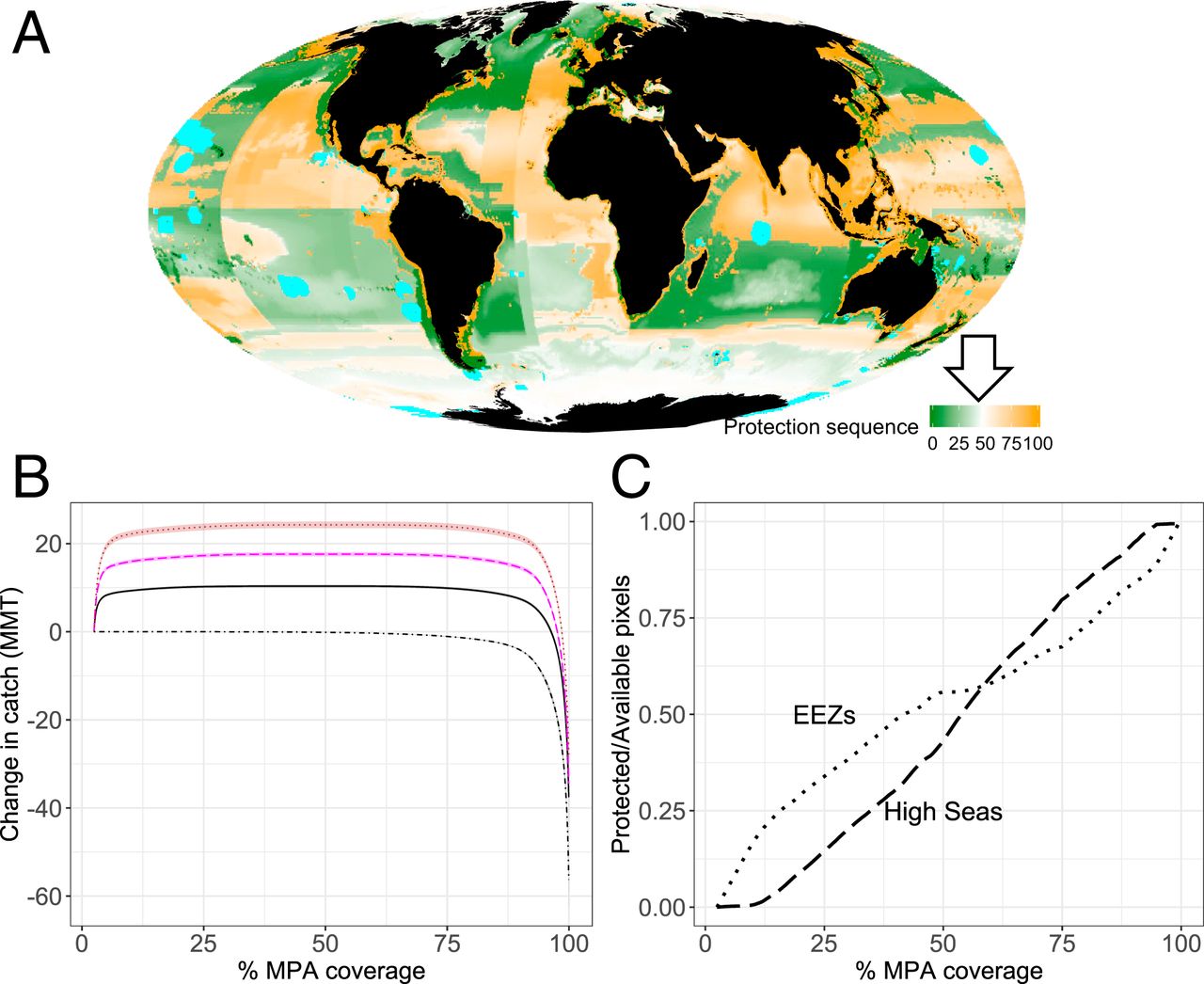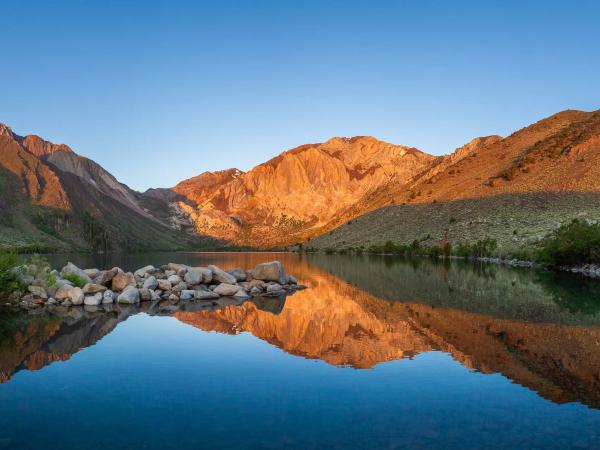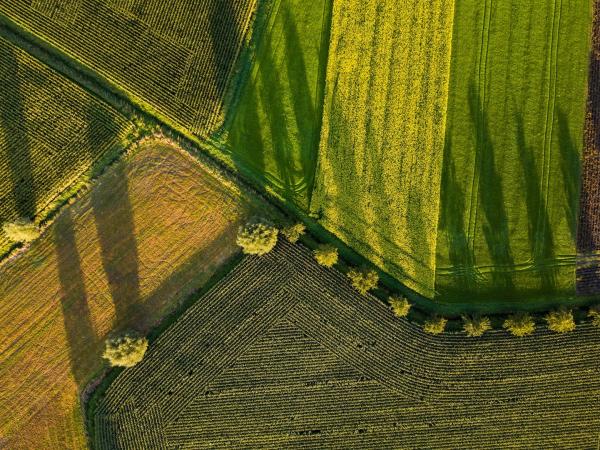Society will require more food in the coming years to feed a growing population, and seafood will likely make up a significant portion of it. At the same time, we need to conserve natural habitats to ensure the health of our oceans. It seems like a conflict is inevitable.
“Marine protected areas are tools commonly used to conserve marine biodiversity by closing parts of the ocean to fishing,” said Reniel Cabral, an assistant researcher at UC Santa Barbara’s Environmental Market Solutions Lab. “This creates a potential dilemma when closures cause fishers to lose access to fishing grounds.”
A new study indicates that this need not be the case. The paper outlines where the benefits of fishing restrictions could enable a fishery to become more productive, even with the closures. The research, published in the Proceedings of the National Academy of Sciences, lays the groundwork for expanding marine conservation alongside fishery catches.
The benefits of a well-considered marine protected area (MPA) can bolster the productivity of surrounding fisheries, especially when those fisheries are overexploited. The refuge enables populations to rebuild and then spill over into surrounding waters. Protecting an area from fishing also enables resident fish to grow older and larger, and scientists have found that these fish are proportionately more fertile than their smaller counterparts.

What’s more, fishing is not well regulated in many regions. The activity can be decentralized and target many different species using a variety of methods. Managing the industry can be nearly impossible, especially for agencies that are underfunded and underpowered. In this context, designating an MPA is relatively simple, especially compared to other management strategies.
“Past studies have shown that MPAs can improve catch when designed well and under the right fishery conditions,” said Cabral, the study’s lead author. “We asked how you could design a network of marine protected areas to improve fishery productivity, and what the results would be.”
Cabral and his colleagues at UC Santa Barbara, the Hawaiʻi Institute of Marine Biology, and the National Geographic Society began constructing a model of global fisheries that would account for both biologic and economic factors. They leveraged a database of 4,000 fishery stocks, their ecological characteristics, management status and global distributions in combination with a wealth of information on fisheries catch and fisher behavior in response to marine protected areas.
The resulting bio-economic model forecasts how fish populations would respond to the creation of new MPAs based on a variety of factors such as the location and status of fisheries and species mobility and growth rates. This enabled the team to project harvest outcomes over a variety of different reserve designs. The researchers could then see where MPAs would be most beneficial.
“We found that there are a lot of places where you can get food benefits,” said coauthor Steve Gaines, Dean of the Bren School of Environmental Science & Management. “So, rather than having this traditional battle between fisheries and conservation, we can now identify the strategic places where we can potentially get both conservation and fishery benefits.”
Currently, only 2.5% of the ocean is covered by highly protected MPAs. The study found that strategically protecting an additional 5% of the ocean could increase future catch by 20%, or 9 to 12 million metric tons of fish.
Further reading:
A global network of marine protected areas for food, PNAS November 10, 2020



